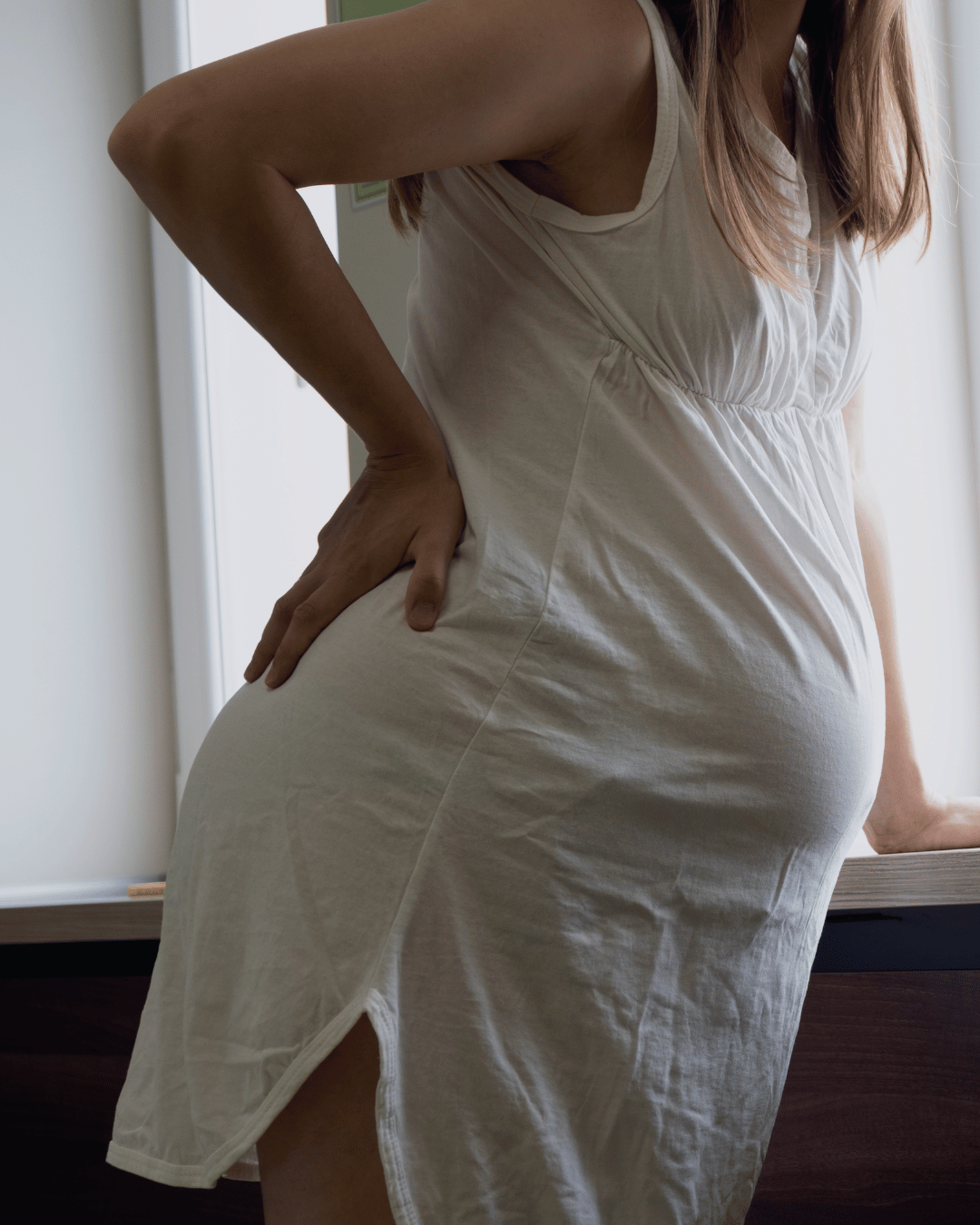Why Do Breasts Change During Pregnancy?
Breast Changes During Pregnancy
It is normal for your breasts to change during pregnancy, in fact it can be one of the earliest signs that you might be pregnant! Let’s run through some of the breast changes in early and late pregnancy, answering why you might have sore breasts during pregnancy, changes in breast size in pregnancy and why your nipples change when you’re pregnant.
Tender and Sensitive
An increase in tenderness and sensitivity can be very noticeable from quite early on and is often an indicator that you might be expecting. It is (generally speaking) the breast tissue around the outside of your breasts, underneath your armpits that can become tender and your nipples that are likely to increase in sensitivity. A surge of oestrogen and progesterone causes this tenderness and sensitivity, which is similar to the start of a period (but on a bigger scale), so it may be something that you are used to experiencing at that time of the month. Comfortable, well-fitting bras and loose clothing can help with keeping you as comfortable as possible.
Change in Size and Shape
It is also normal for your breasts to increase in size from the first trimester. Very early on in the pregnancy the breasts start to develop mammary glands that produce breast milk ready to feed your growing baby. Small grape-like bunches (which are milk storage sacs) called alveoli start to grow and the ducts that carry milk from the alveoli to the nipple increase in number and length, creating a system of milk storage and flow within your breast, right from the get-go. This can increase the size and shape of your breasts and increase the size of your nipple also.
Changes in Areola and Nipple Colour
Increases in Oestrogen and Progesterone levels are at play here as well, as the physiology of hyperpigmentation is thought to be linked to changes of these hormones and your endocrine system throughout pregnancy. It is common for your nipples and areola (the area surrounding your nipples) to become darker in colour. Due to hyperpigmentation, you can also experience a darkening of birthmarks and moles as well as a line that appears between your bellybutton and symphysis pubis called Linea Nigra.
Vein visibility and Small Bumps on the Areola
Your circulating blood volume increases dramatically during pregnancy (by up to 45%!) in order to support your growing baby and your changing body. This can make veins more visible over your whole body, but it is often particularly noticeable on the breasts. Montgomery’s tubercles are small oil glands that help to lubricate your nipple and protect it from germs. It is normal to have anywhere between 2 and 30 of these surrounding the areola on each nipple. They look a bit like goosebumps and are often more noticeable in pregnancy.
Stretch Marks
With the sudden increase in breast size can come stretch marks, which are narrow streak-like lines that develop on the surface of the skin. They can be pink, red, purple or brown depending on your skin colour and tone. Stretch marks do tend to fade postnatally but using a gentle moisturiser can help to soothe them if they are causing itching or discomfort.
Colostrum
Your body starts to produce colostrum (the first form of breastmilk) for the baby as early as the beginning of the second trimester. Some people leak colostrum right from this early stage where other people don’t leak at all – both are completely normal. It is okay to check whether you are producing colostrum, but you shouldn’t start expressing this until you are 37 weeks pregnant. Colostrum can range in colour from completely clear, to white, yellow and even an orangey tone.
That should cover most of the normal changes in your breast that you are likely to experience throughout pregnancy. It is important to be mindful of symptoms such lumps, skin puckering, dimpling, a rash or skin redness as these are not usually breast changes associated with pregnancy and could be something else. Please consult your GP or Midwife if you are concerned about any changes to your breasts throughout pregnancy and postpartum.







